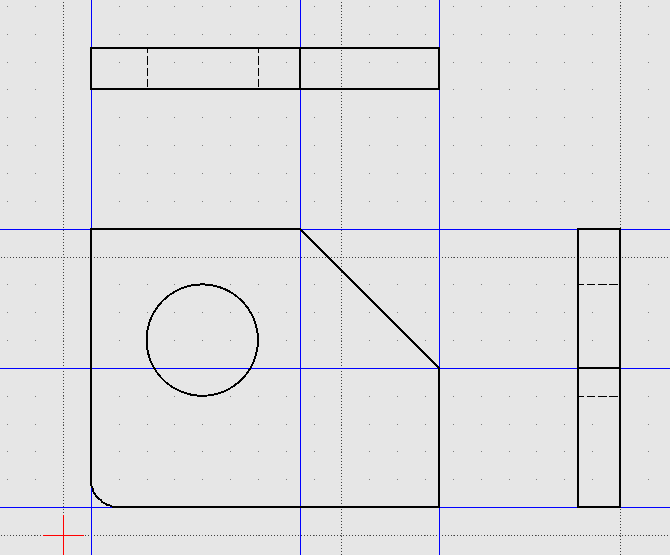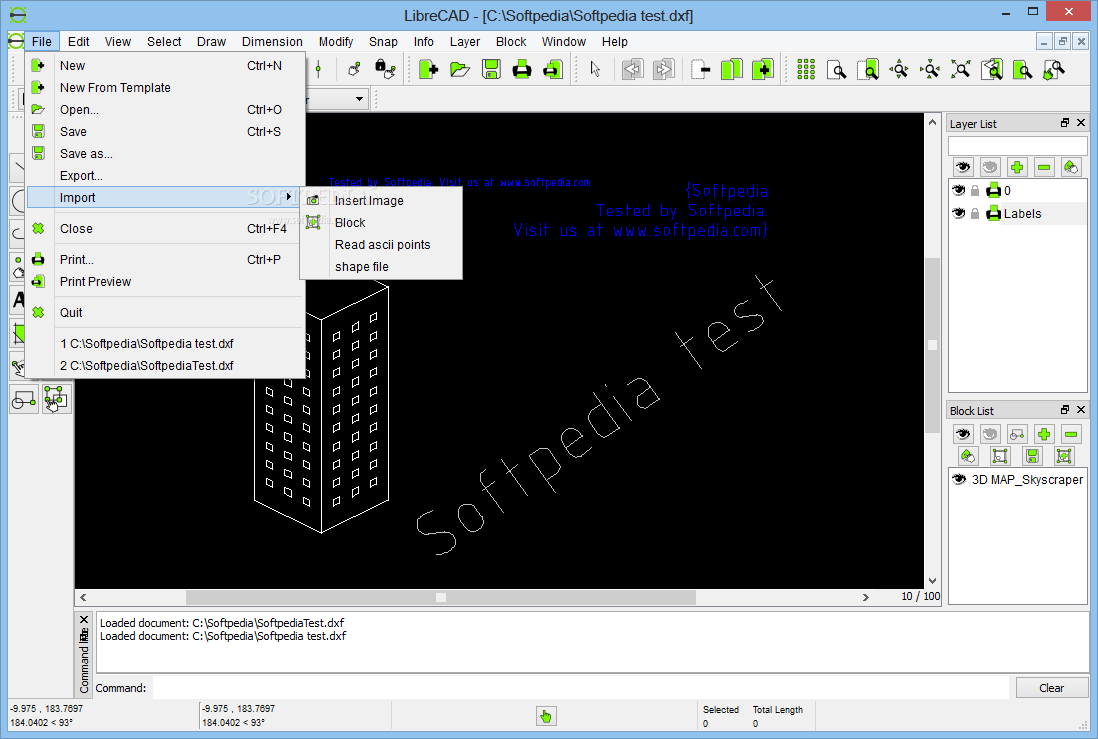

The syntactic structure of a DWG drawing file includes sections and section substructures. See Notes below, for information about the chronological versions of the AutoCAD application and associated versions of the DWG format. The compilers of this resource have chosen to describe the DWG family of formats in a single document. Autodesk lists past versions of DWG at AutoCAD Release History. One more recent version, associated with AutoCAD 2018 through 2020, is in use.

The format has been updated frequently as the AutoCAD product has been enhanced.Īs of January 2020, PRONOM had records for 19 chronological versions, none of which is publicly documented by AutoDesk. AutoCAD 1.0 was released in 1982, but the origins of the DWG format are from the late 1970s, when it was the native format for a CAD package called Interact. DWG is a compact binary format that stores and describes the content of 2D and 3D design data and metadata. Or, in other words, the print preview looks like the assembled drawing.DWG is the proprietary native file format for AutoCAD, one of the most popular computer-assisted design (CAD) packages. It makes possible to represent the printable areas of all pages as one whole area and to show an undivided drawing. In case when a page has the margins (margins > 0) the print preview takes on a special look in that the margins between a neighboring pages aren’t shown. Adjust the properties if necessary and then click the Print button. Select the printer on the Print dialogue and confirm the properties by clicking the Properties icon. Refer to Adjusting Dimensions for Printing in Dimensioning and Text for details.Ĭlick the Print icon or select File -> Print. If necessary, adjust the dimensions “General Scale” and dimension line placement. Pressing allows only horizontal movements of paper and pressing allows only vertical movements. Click and hold anywhere in the drawing space and drag the paper to the desired position. The Number of pages on the “Paper” tab will be updated to reflect the number of pages shown in the print preview.Īdjust the position of the drawing image on the page by repositioning the paper by dragging it as needed (the drawing stays centered on the screen). The print preview will show a grid of pages with the drawing placed in the center. Lock the print scale by placing a checkmark in the “fixed” checkbox.Ĭlick the Calculate number of pages… icon on the toolbar.Selecting a predefined scale ratio from the drop-down, or type the required scale ratio in the text-box and press.(The “Number of Pages” will be calculated below.)Īdjust the scale as desired. Adjust the values if necessary and click OK. A4, Landscape, Top, Bottom Left and Right Margins each at 10. Open the Drawing Preferences ( Options -> Current Drawing Preferences) and check the paper layout (“Format”, “Orientation” and “Margins”) for the current drawing: e.g. This will ensure the drawing displayed correctly in the print preview.

Ĭlick the Fit to Page icon on the toolbar. Switch to print preview window by clicking the Print Preview icon. To print a tiled document, starting with the drawing open in the drawing window: If margins are defined, the assembled document is reduced by the margin widths on the common edges of the paper where they are assembled. Note that both examples use a margin of 0. For example, a portrait A4 page with 2 pages horizontally and 1 vertically would result in a page 420 x 297 mm, or a landscape A4 in a 2 x 2 pattern would be a page of 594 x 420 mm. It lays out the pages horizontally and vertically in a grid pattern to form a single large format page to accomodate a scaled drawing. Tile printing uses “Format” and “Orientation” found on the “Paper” tab of the Drawing Preferences. The drawing is printed across several pages that can be assembled into a large single document. Tiled printing is useful where a drawing needs to be printed at a fixed scale that would otherwise require a large format printer. Tiled printing provides the ability to print a scaled drawing that is larger than a printer’s available paper format.


 0 kommentar(er)
0 kommentar(er)
